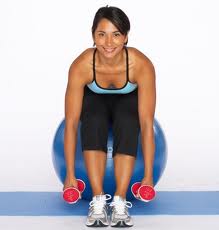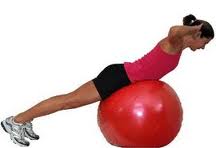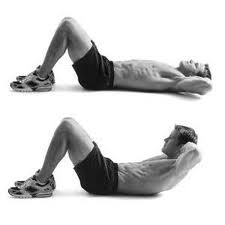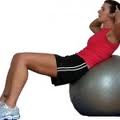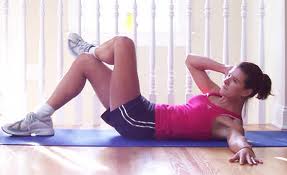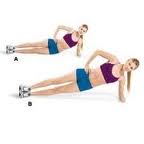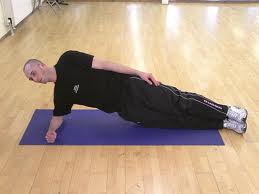Good posture is important for your physical and emotional health. Good posture is defined as your head, neck, shoulders, hips and feet all in proper alignment relative to each other. When a person is viewed from the side, this means that the person stands tall with the head facing forward, with the neck over the shoulders and not protruding forward. The shoulders are back, not rounded and the hips are placed over the feet. There is no excessive roundness of the upper back (khyphosis) or excessive inward curvature of the lower back (lordosis). Viewed from the front, the persons head is straight and not tilted to the right or left, the shoulders are level as are the hips. The feet point straight ahead and are not rotated out or in.
Physically, good posture is important to help minimize muscle imbalances and stress on ligaments and tendons which could result in neck, shoulder and low back pain. As well, headaches, numbness in the arms and legs, respiratory, stomach and bowel problems have been associated with poor posture. Emotionally, good posture creates an image of self-confidence, and assertiveness. People with poor self-esteem often carry themselves with their head down, neck protruding forward and rounded shoulders, in what is called a “slumped over” posture.
For many people, especially in the older adult, poor posture is the result of years of neglect of standing and sitting up properly which has resulted in weak postural muscular and flexibility. The result is increase stress on the vertebrae’s and disc’s of the spine and an earlier development of arthritis of the spine. It is difficult to correct poor posture when it has slowly developed over years due to poor postural habits. When it comes to maintaining good posture prevention is the best medicine. It is important to remember that it is never too late to incorporate good preventive measures into your daily life.
Preventative Measure
The best way to avoid poor posture is to;
1. Practice good standing and sitting posture. Always be conscious of how you stand and walk. When you are standing still don’t lean on one leg and when walking standing tall, head facing forward and shoulders back. You should also walk with your feet/toes facing forward and not flared out or in which puts a lot of pressure on your knees and hips.
2. Get regular exercise for good general fitness and health.
3. Practice flexibility exercises daily to prevent contracture of the postural muscles, ligaments and tendons that are under constant physical stress from sitting and standing for prolonged periods of time during the day (table 1)
4. Do specific strengthening exercises for your upper back (Rhomboids) and core (abdominal and lower back area), to prevent muscle atrophy and imbalances in these important postural muscles (table 1).
5. Don’t sit for longer than 30 minutes at a time without standing up and stretching by bending over to touch the floor, leaning backwards and gently rotating your torso side to side. You can also rotate your shoulders backward and squeeze your shoulder blades together as you rotate your shoulders. Moving your neck upward and downward and side to side as well as shoulder shrugs. These simple exercises helps alleviate stress in the lower back, neck and shoulder area.
6. Feel good about yourself. People who have strong self esteem and self worth carry themselves with a more upright posture. Even on days when you don’t feel that good make a conscious effort to sit and walk straighter and you will feel better.
Table 1: Upper and Lower Back Flexibility and Strengthening Exercises that will Promote Good Posture
Summary
Poor posture has become more common place in our society due to our sedentary nature of sitting in front of the TV and computer for hours at a time. Unfortunately, poor posture habits are established relatively early in our lives and are difficult to change and correct. However, a conscious awareness of good posture while we sit, stand and walk along with frequent stretching and performing simple but effective upper back and core exercises can have a significant effect on preventing continued deterioration of your posture and the negative health effects associated with poor posture.
If you’d like more info please contact Mike.




















